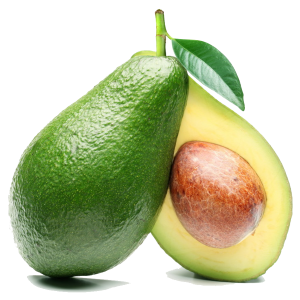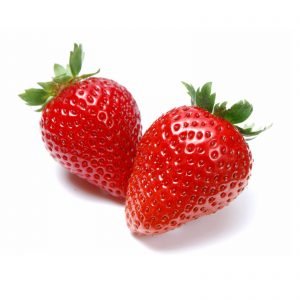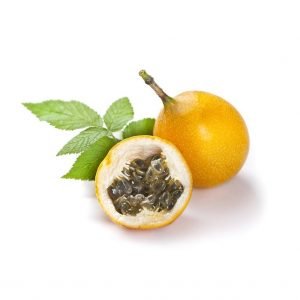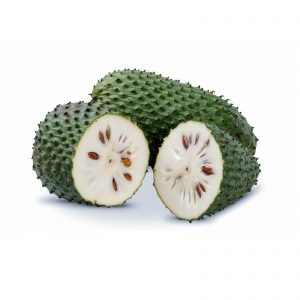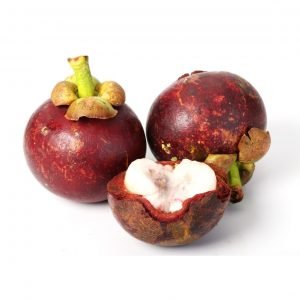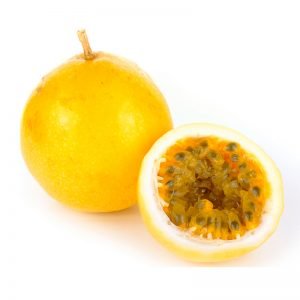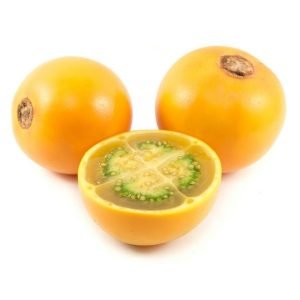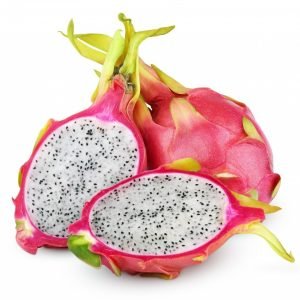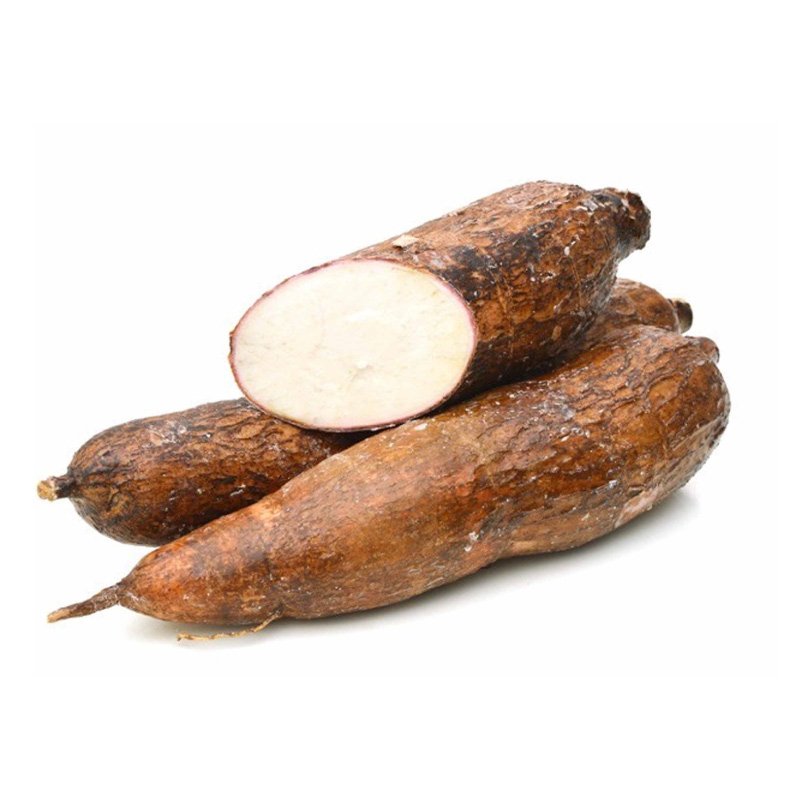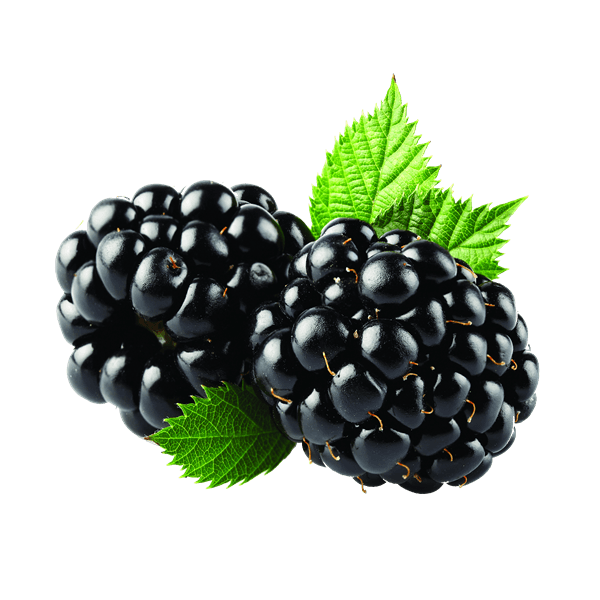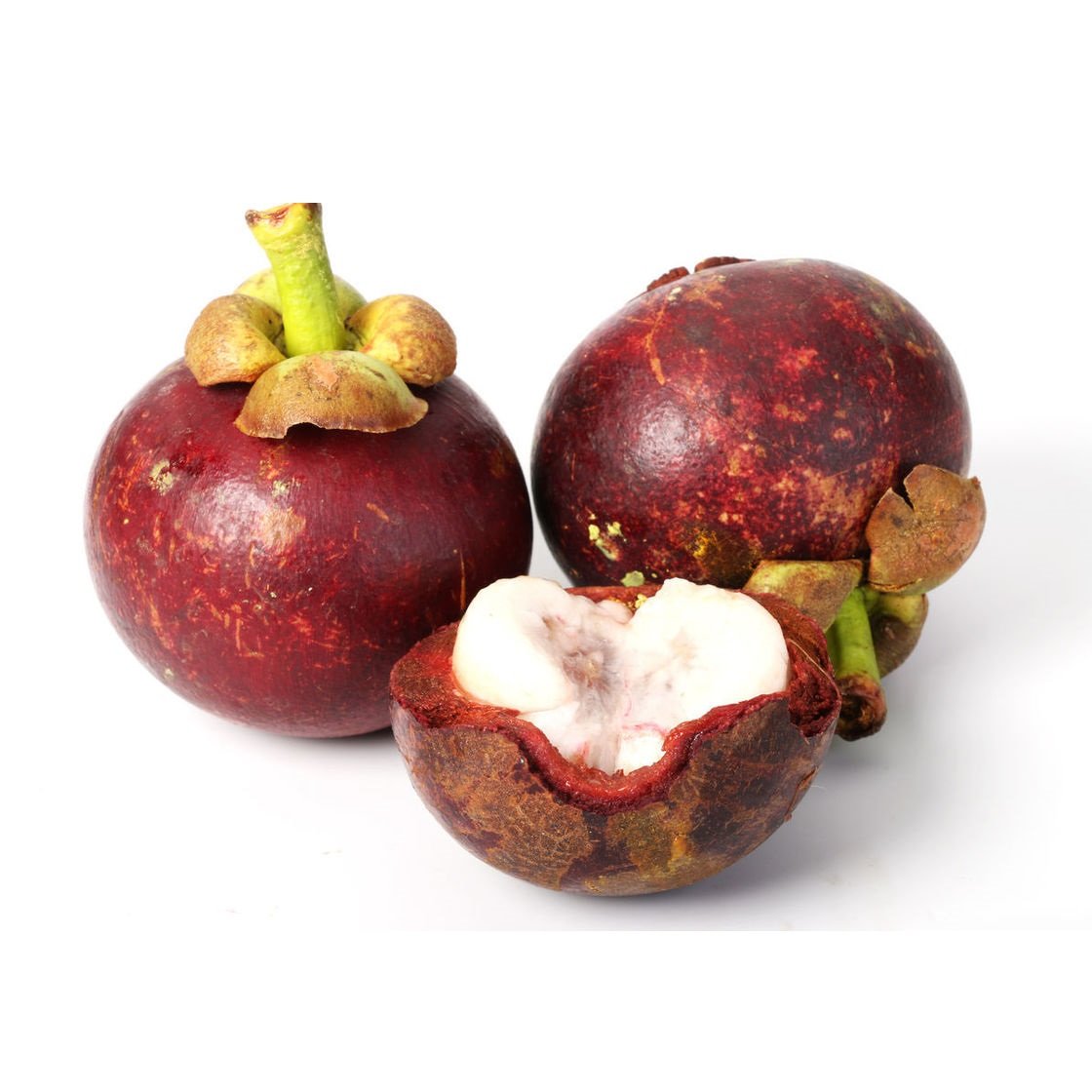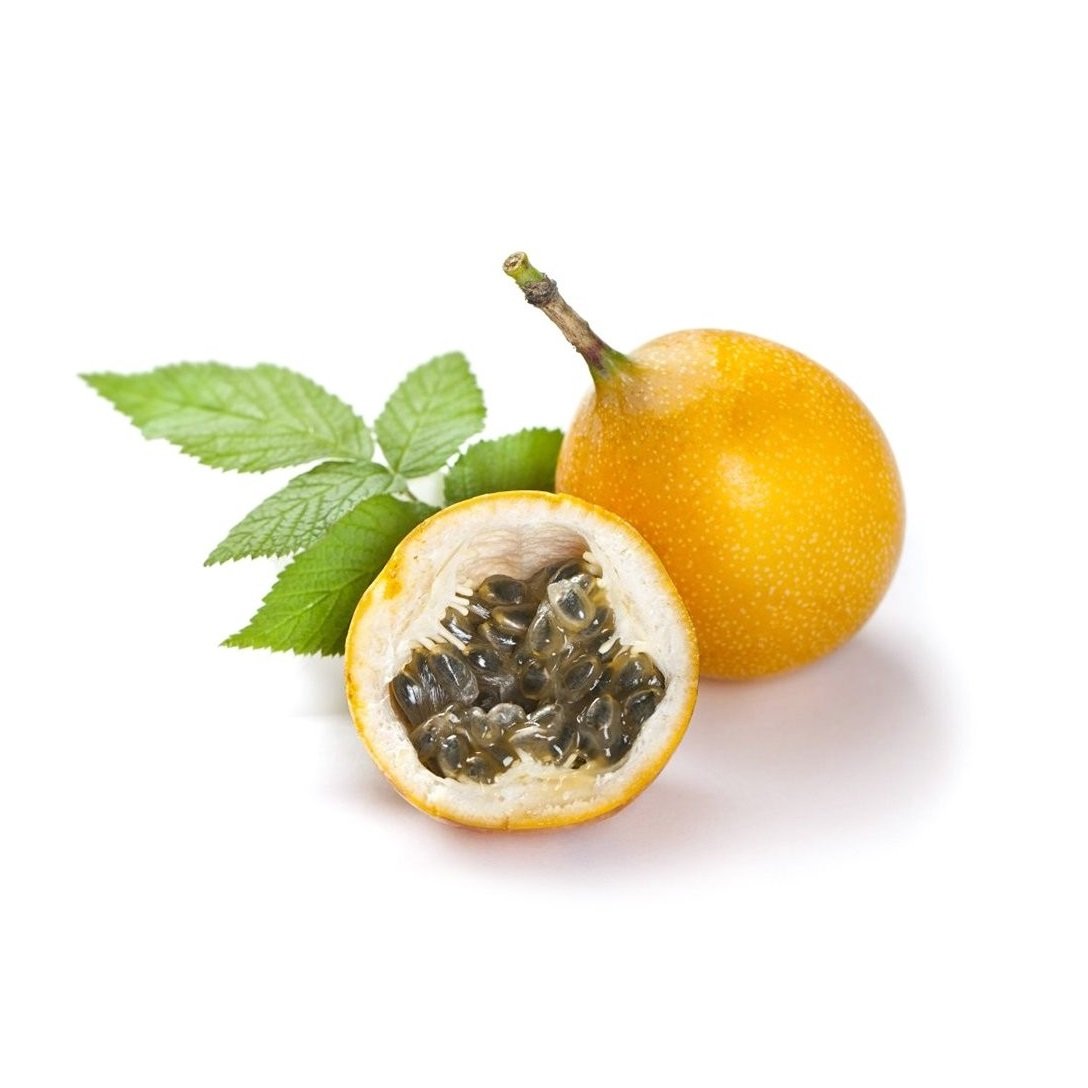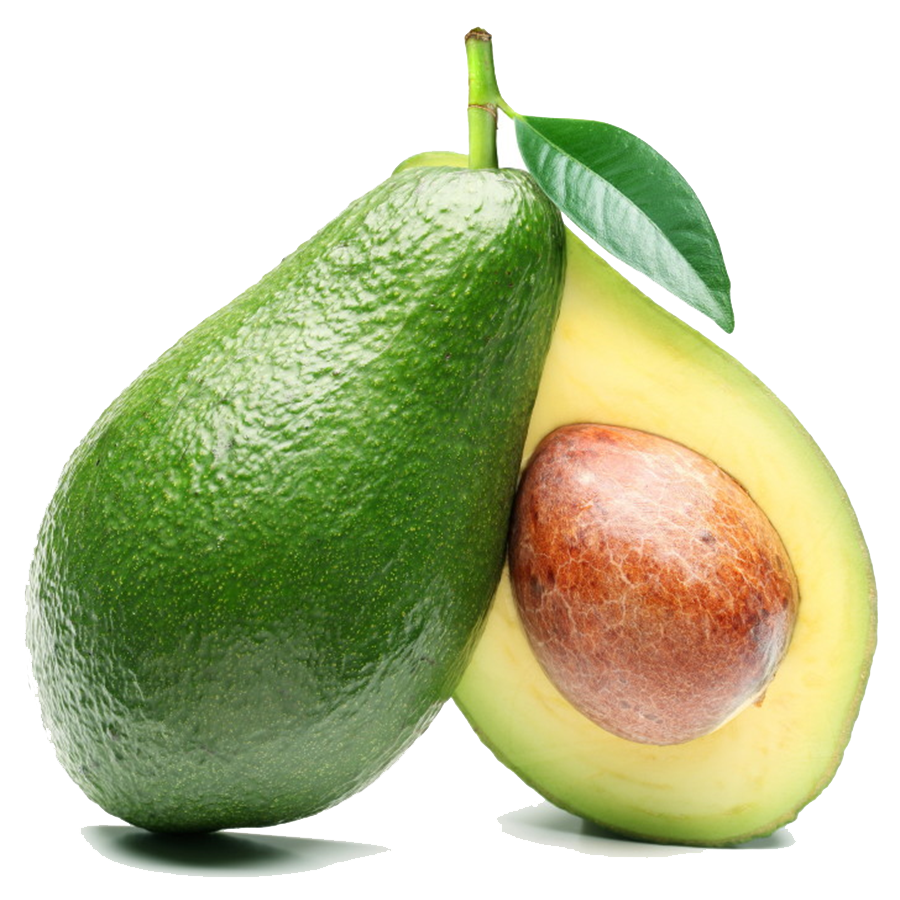


Welcome to our site
About Ecuador
Ecuador is one of the smallest countries in South America, however, in its small size is divided into 4 regions ,The Galapagos islands, the coast, highlands or sierra and the Amazon region or jungle, each one of these regions offers a wide variety of products as fruits, vegetables and artesanies made with the hands of our people.
About Us
We are an economic group of entrepreneurs dedicated to the production and marketing
of natural products of all kinds, native from the beautiful country called ECUADOR,
focused on the international market as a direct exporter.
of natural products of all kinds, native from the beautiful country called ECUADOR,
focused on the international market as a direct exporter.
From Ecuador to the World

Buy One, Help One
It is an initiative that we propose to support the farmers of our lands, when buying a product from Ecuador, you are helping the small producer’s business.
Buy One, Help One
It is an initiative that we propose to support the farmers of our lands, when buying a product from Ecuador, you are helping the small producer’s business.
Recommendations
Wholesale Products
Our variety of high quality Ecuadorian products for export.
Yuca – Yucca
Este tubérculo almidonado, es una raíz comestible muy popular por su sabor. Posee gran cantidad de hidratos de carbono activos, que le aportan entre el 40 al 80% de la energía al cuerpo. También es conocida con el nombre de mandioca o tapioca.
DESCARGAR FICHA
Yucca – Yuca
This starchy tuber is an edible root very popular for its flavor. It has a large amount of active carbohydrates, which provide between 40 to 80% of the energy to the body. It is also known as cassava or tapioca.
DOWNLOAD DATA SHEET
Mora – Blackberry
Las moras son frutas o bayas que, a pesar de proceder de especies vegetales que son completamente diferentes, poseen aspecto similar y característico común. Su tamaño es diminuto, entre 1 y 3 cm, dependiendo de la especie.
Hay dos tipos:
Rubus: Esta planta es originaria de las zonas altas y tropicales de América, encontrándose en Colombia, Ecuador, Panamá, Costa Rica, Guatemala, Honduras, México y Perú, entre otros países. Se desarrolla muy bien en suelos franco arcillosos.
Morus: Ha sido cultivada por su fruta comestible, y plantada y naturalizada en el oeste de Europa, Ucrania, y en el este de China.
DESCARGAR FICHA
Blackberry – Mora
The berries are fruits that despite coming from plant species that are completely different, have a similar and common characteristic. Its size is tiny, between 1 and 3 cm, depending on the species.
There are two kinds:
Rubus: This plant is native to the high and tropical areas of America, found in Colombia, Ecuador, Panama, Costa Rica, Guatemala, Honduras, Mexico and Peru, among other countries. It develops very well in clay loam soils.
Morus: It has been cultivated for its edible fruit, and planted and naturalized in western Europe, Ukraine, and in eastern China.
DOWNLOAD DATA SHEET
Maracuyá – Passion Fruit
El maracuyá, también conocida como fruta de la pasión o granadilla, es una planta de origen tropical cuyo fruto, de forma ovalada, posee muchas propiedades nutritivas y medicinales.
DESCARGAR FICHA
Passion Fruit – Maracuyá
The passion fruit, also known that active your passion mode, is a plant of tropical origin whose fruit, oval in shape, has many nutritional and medicinal properties.
DOWNLOAD DATA SHEET
Mangostán – Mangosteen
El mangostán, también llamado garcínia mangostana, mangostino o jobo de la India es el fruto de un árbol tropical que crece en el sudeste asiático y está considerado como uno de los más potentes antioxidantes de la naturaleza. Se trata de una fruta con corteza dura y de forma esférica, que adquiere un color entre rojo y púrpura cuando está en su punto óptimo de maduración, volviéndose blanda y fácil de abril. Este fruto tiene un gusto agridulce, parecido a un cítrico.
DESCARGAR FICHA
Mangosteen – Mangostán
The mangosteen, also called mangostana garcinia, mangosteen or jobo from India, is the fruit of a tropical tree that grows in Southeast Asia and is considered one of the most potent antioxidants in nature. It is a fruit with a hard and spherical crust, which acquires a color between red and purple when it is at his optimum ripeness point, becoming soft and easy in April. This fruit has a bittersweet taste, similar to a citrus.
DOWNLOAD DATA SHEET
Mango
El mango es una fruta tropical de color amarillo, comestible y de sabor agridulce o ácido, es un fruto conocido como el rey de las frutas tropicales, El mango es un que fruto parece un riñón, es de forma ovalada y alargada.
Su cascara o piel tiene una degradación de colores entre verde oscuro, verde claro, amarillo y rojo intenso dependiendo del tipo. Incluso el color de piel no indica su grado de madurez sino que define la variedad del fruto.
DESCARGAR FICHA
Mango
The mango is a tropical yellow fruit, edible and sweet or sour taste, is a fruit known as the king of tropical fruits. The mango is a fruit that looks like a kidney, is oval and elongated. Its shell or skin has a degradation of colors between dark green, light green, yellow and intense red depending on the type. Even the skin color does not indicate its degree of maturity but it defines the variety of the fruit.
DOWNLOAD DATA SHEET
Guanábana – Soursop
La guanábana es una deliciosa fruta originaria de Perú, es el fruto de un árbol de la familia Annonaceae, y es conocida en algunas regiones de Suramérica como graviola.
Este fruto se caracteriza por una corteza verde rugosa espinosa y una pulpa blanquecina muy blanda con grandes semillas de color negro.
DESCARGAR FICHA
Soursop – Guanábana
Soursop is a delicious fruit native from Peru, is the fruit of a tree of the Annonaceae family, and is known in some regions of South America as graviola.
This fruit is characterized by a prickly green rough bark and a very soft whitish pulp with large black seeds.
DOWNLOAD DATA SHEET
Granadilla
Llamada popularmente granadilla o simplemente granada, es una planta trepadora originaria de los andes, el fruto ovoide es de color verde inmaduro y se vuelve amarillo anaranjado con pequeñas manchas blancas al madurar. La pulpa es de sabor muy aromático con textura mucilaginosa.
DESCARGAR FICHA
Granadilla
Popularly called granadilla or sweat passion fruit, is a climbing plant native from the Andes. This ovoid fruit is immature green and turns orange yellow with small white spots when ripe. The pulp is very aromatic with a mucilaginous texture.
DOWNLOAD DATA SHEET
Arándanos – Blueberries
Los arándanos, esas bayas diminutas de color negro azulado y sabor ligeramente ácido, se revelan como un excelente apoyo para tu salud, por sus grandes cualidades antioxidantes y antiinflamatorias.
DESCARGAR FICHA
Blueberries – Arándanos
The blueberries, those tiny bluish-black berries and slightly acid taste, are revealed as an excellent support for your health, for its great antioxidant and anti-inflammatory qualities.
DOWNLOAD DATA SHEET
Naranjilla
It is also known as lulo, obando, cocona, ornuqui. Although its name implies that it looks like orange, it is actually very different, its taste is more sour and acidic. The interior of the fruit looks more like a tomatillo than an orange.
One of the main uses of the naranjilla is to prepare juice and it also lends itself very well to combine with other fruits in juices and smoothies. The naranjilla can also be used to prepare a variety of dishes from desserts such as ice creams and cakes to savory dishes such as dry or stews of meat
DOWNLOAD DATA SHEET
Naranjilla
También se conoce como lulo, obando, cocona, ornuqui. A pesar de que su nombre implica que se parece a la naranja, en realidad es muy diferente, su sabor es más agrio y acido. El interior de la fruta se parece más a un tomatillo que a una naranja.
Uno de los usos principales de la naranjilla es para preparar jugo y también se presta muy bien para combinar con otras frutas en jugos y batidos. Las naranjillas también se pueden usar para preparar una variedad de platos desde postres como helados y tartas hasta platos salados como secos o guisos de carnes
DESCARGAR FICHA
Aguacate – Palta – Avocado
Es una fruta con forma de pera, aunque también puede tener forma de pepino o de manzana. Su piel es verde, el tono y la textura cambian de unas variedades a otras. Tiene una pulpa cremosa y de color verde que recubre una gran semilla marrón no comestible.
DESCARGAR FICHA
Avocado – Aguacate – Palta
It is a pear-shaped fruit, although it can also have a cucumber or apple shape. Its skin is green, the tone and texture change from one variety to another. It has a creamy pulp and green color that covers a large brown inedible seed.
DOWNLOAD DATA SHEET
